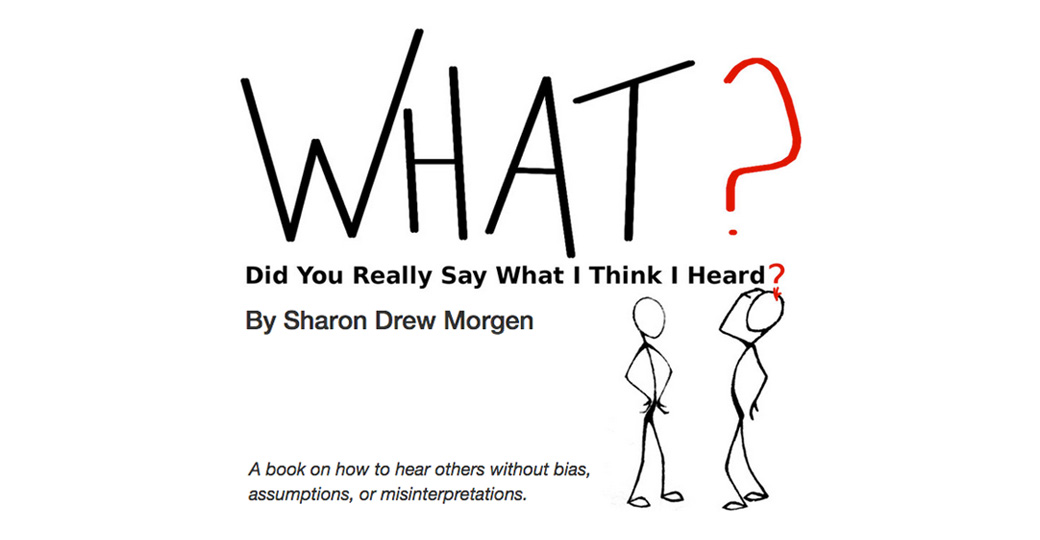Avoiding Resistance or Why New Year’s Resolutions Fail
Every year, with the best will in the world, we make New Year’s resolutions to make some sort of change, like exercising more or eating healthier. We start off with great gusto and determination, yet by February we begin making excuses to avoid the gym, or convince ourselves pizza would be great for dinner. What happens? We’re approaching change in the wrong way. But we can easily make it right.
BELIEFS DEFINE BEHAVIORS
Here’s the problem. Within each of us are long-held rules and principles, created and maintained by our idiosyncratic belief structure. I call this internal, unconscious collection our system, and (as explained in my new book What? Did you really say what I think I heard?), this system determines our behaviors (including how we respond to/hear others, how we choose friends, our politics and religion) and our behaviors are our beliefs in action. We rarely behave, communicate, or decide in ways that offend our beliefs because we would then be incongruent.
It all operates effortlessly until we attempt to drive a behavior that runs counter to our beliefs – and then we get resistance as our system attempts to maintain balance. [ I’ve written about it exhaustively in Dirty Little Secrets: why buyers can’t buy and sellers can’t sell and what you can do about it.] This is why people and teams won’t execute good decisions, users don’t use new software, and why implementations fail: we are ignoring our accepted practice and pushing unapproved behaviors into a system that must resist to maintain it’s status quo and balance.
WHY NEW YEAR’S RESOLUTIONS FAIL
New Year’s resolutions seek behavior change with no accompanying belief change, potentially causing their own resistance. When my coaching clients seek change, we begin by understanding the systemic baseline beliefs and getting agreement from the system to add acceptable behaviors that will match those beliefs. Here’s a personal example: I’m a healthy person and strongly believe one of my modalities toward health is exercise. But I hate hate hate the gym (Did I say I hate the gym?). I hate it so much I count the steps backward from my house to the gym, and backward again until I’m eventually home. Thankfully I found several classes that are somewhat non-objectionable, and do sweaty country-swing dancing a few times a week. So I get 10 hours a week of exercise and remain congruent with my beliefs: I am a fit, healthy person. And when I find myself making excuses for going to the gym, I remind myself that if I don’t go I won’t be a healthy person. I decide from my beliefs, and act from my behaviors.
I’m aware that there are many models that show how to work with resistance, or behavior change. Yet it’s possible to avoid resistance altogether by first enabling agreement from our beliefs and only then adding behaviors – working from within first, and avoiding ‘push’ from the outside. Then we can maintain our New Year’s resolutions.
If you want some personal or team coaching to manage congruent change, or wish to work with clients in a way that avoids resistance (for sellers, coaches, consultants, negotiators, and decision scientists) contact me to set up a time to pursue possibilities. Sharondrew@sharondrewmorgen.com.
To learn more about What? Did you really say what I think I heard? and how to close the gap between what’s said and what’s heard.
Sharon Drew Morgen January 20th, 2015
Posted In: Listening

